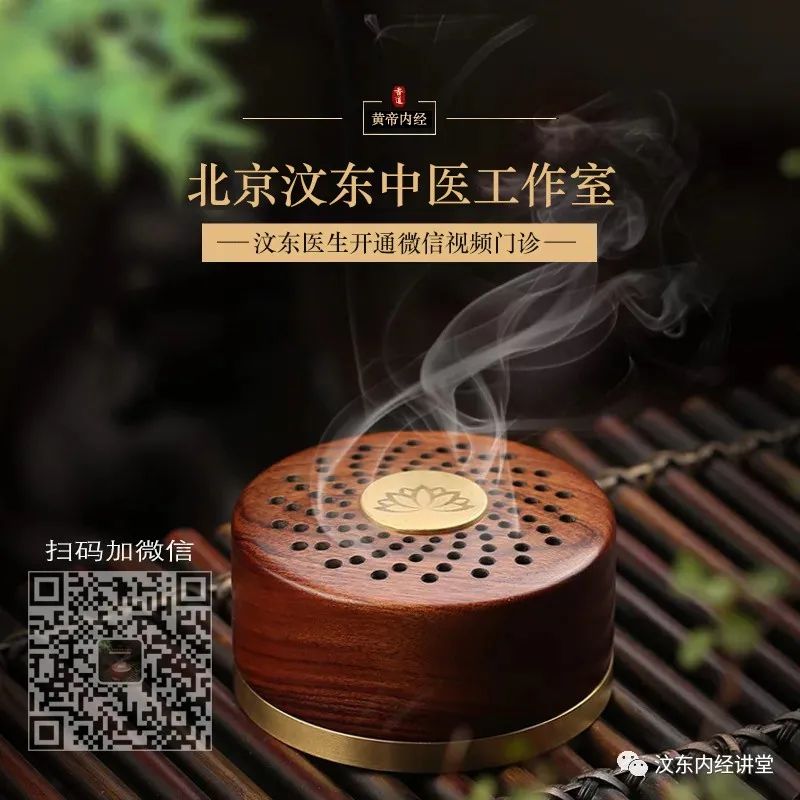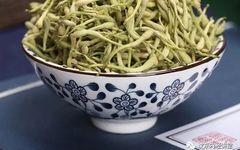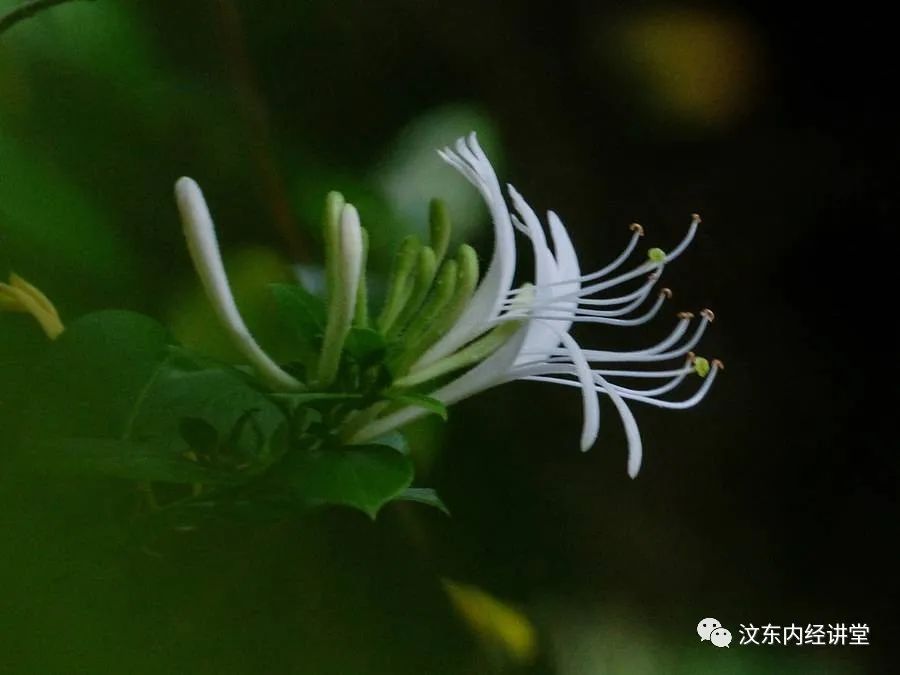
Discussing Yin and Yang, the Five Elements, and the Path to Medicine
Click to play the audio course
Hello everyone!
Today we will explain the third episode of “Understanding Diseases in Traditional Chinese Medicine (TCM)” focusing on wind-heat cold. Many people consider a cold to be trivial, thinking it will resolve in a few days, so why take it seriously? However, a cold is not as simple as it seems, as many diseases initially present with cold-like symptoms, including SARS, H1N1, and the recent coronavirus infections.
Furthermore, from the perspective of two classical TCM texts, the “Shang Han Lun” and “Wen Bing Tiao Bian”, many infectious diseases historically manifest as colds. Therefore, we should pay attention to colds.
When discussing TCM treatment for colds, we must mention the principle of differentiation and treatment. Differentiation can be quite challenging for many, especially distinguishing between wind-heat and wind-cold. If the diagnosis is incorrect, taking the wrong medication can worsen the condition.
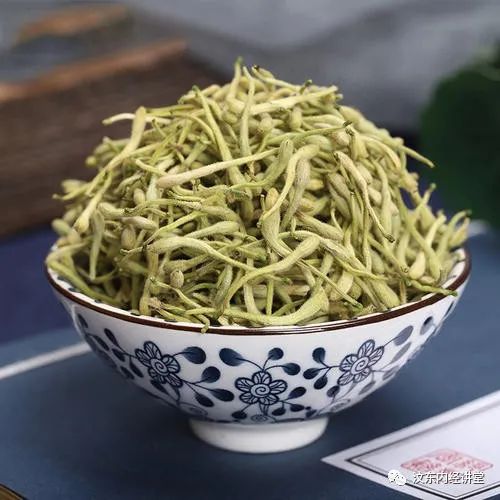
Moreover, TCM differentiation can sometimes yield surprising results; for instance, one may feel cold but be diagnosed with wind-heat cold. Reluctantly, one buys medication, initially skeptical of the doctor’s diagnosis, but after three days of treatment, the condition improves significantly. At this point, one may believe the doctor’s judgment was correct.
However, this can lead to confusion: if I clearly felt cold, how did it turn into wind-heat cold? This is a common point of misunderstanding for many TCM enthusiasts and patients.
Today, we will unravel this mystery and clarify what wind-cold and wind-heat colds are.
Before that, let’s discuss what a cold is.
In TCM, a cold is caused by pathogenic factors such as wind-cold, wind-heat, or summer-dampness invading the body’s surface qi. Therefore, TCM defines cold symptoms as: wind-cold binding the exterior, wind-heat invading the exterior, summer-dampness injuring the exterior, etc., all terms related to the body’s surface. But what do these terms mean? What does ‘exterior’ refer to?
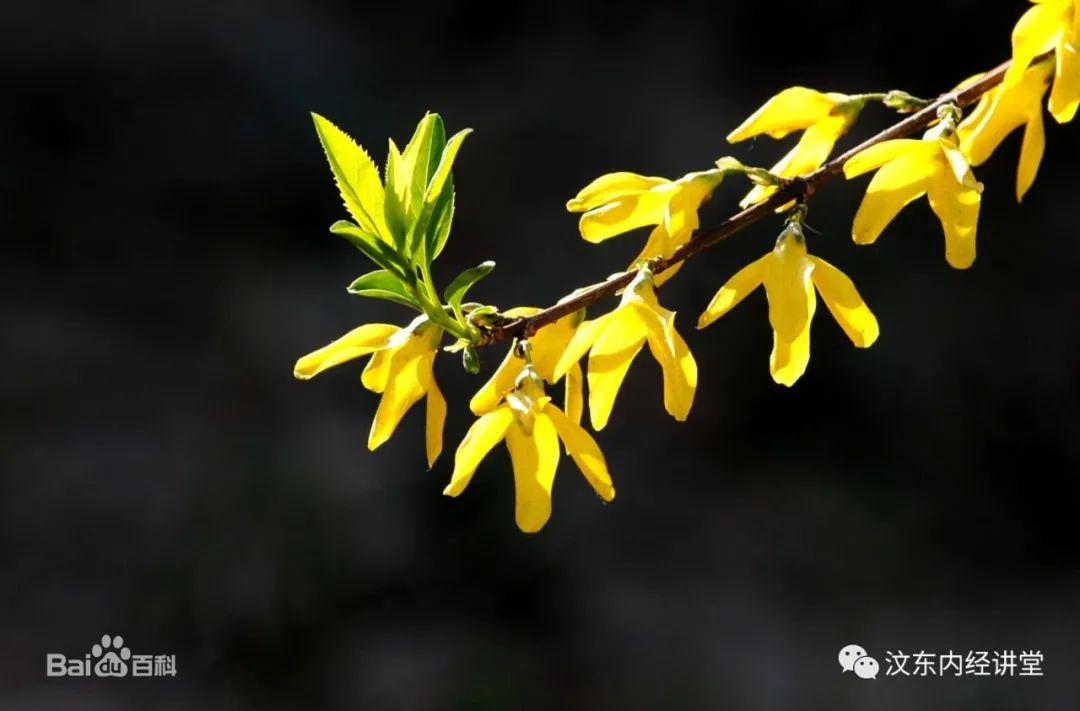
To understand this knowledge, we can look at it from the perspective of Western anatomy. Western medicine believes that beneath the skin’s surface, there are numerous tubular sweat glands, with each pore serving as an outlet for these glands, which function to secrete and expel sweat. Normally, the skin expels sweat through these glands to help regulate body temperature.
When the environmental temperature rises, or when the body temperature increases due to exercise or emotions, the body’s cooling system activates. At this point, the sweating center sends commands to open the pores and expel sweat to lower body temperature.
On average, a normal person can evaporate about 600-700 milliliters of sweat within 24 hours without realizing it, which is slightly more than a standard bottle of mineral water. During exercise, the amount of sweat expelled increases significantly.
Once we understand the functioning of the body’s sweat glands, we also need to learn about the body’s surface qi, which controls the opening and closing of pores and promotes sweat expulsion. TCM refers to this qi as Wei Qi (Defensive Qi).

Understanding that the skin has a role in sweating and heat dissipation helps clarify the essence of a cold. Normally, the skin and pores facilitate heat dissipation. However, when the body’s surface is harmed by wind-cold or wind-heat, the Wei Qi becomes obstructed, leading to a situation where the pores cannot open, and sweat cannot be expelled. TCM refers to this as ‘exterior closure’, meaning the body’s heat-dissipating pores are blocked, resulting in symptoms such as fever, sore throat, cough, runny nose, and even body aches.
So, why does the closure of the pores lead to symptoms like runny nose and sore throat? Is there a connection between the body’s surface and the throat and nose?
TCM believes that the lungs, body surface, trachea, throat, and nose form an integrated respiratory system and water metabolism system. Therefore, the “Huang Di Nei Jing” states: the lungs govern qi and control respiration. The lungs open to the nose, govern the body’s qi, control the skin and hair, and regulate the water pathways, etc.
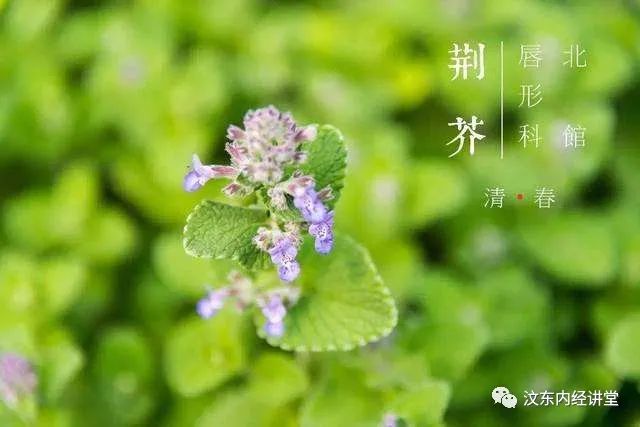
These lung functions are closely related to the body’s water metabolism. When the pores are closed, water metabolism is disrupted, and heat cannot be expelled normally, leading to a rebound of heat within the body, primarily affecting the throat, trachea, and other parts of the respiratory system.
We know a principle of physics: heat rises. The same applies within the body. When heat cannot escape, it moves upward, affecting the organs primarily governed by the lungs. Therefore, when heat cannot be expelled, the first to suffer is the respiratory system.
When symptoms such as nasal congestion, runny nose, headache, sore throat, cough, and general discomfort occur, if you visit a TCM practitioner, it is diagnosed as wind-heat cold.
Wind-heat cold tends to affect a specific group of people, typically those with excess yang qi. Even without a cold, these individuals may experience throat inflammation, and if they are exposed to wind-cold or wind-heat, their symptoms worsen. Thus, regardless of whether they are attacked by wind-cold or wind-heat, their presentation is always wind-heat cold.
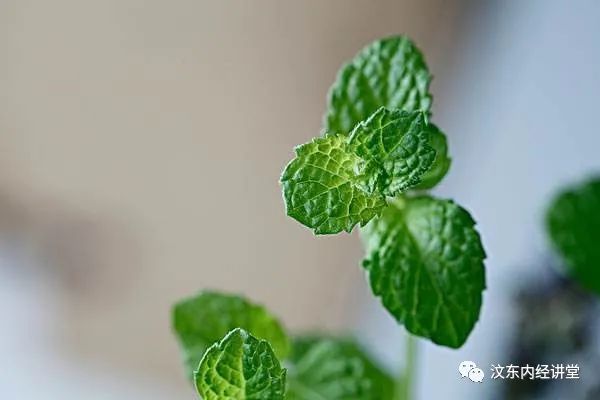
Additionally, some individuals present with wind-cold cold, where the primary issue is weak yang qi. This weakness can stem from various factors, including constitution, age, or illness, which we will not delve into further here.
Due to weak yang qi, the body’s evaporation of moisture is insufficient. These patients have an internal issue where water metabolism is impaired, leading to an overall sensitivity to cold.
Patients with weak yang qi inherently have poor water metabolism. If they are then exposed to wind-cold or wind-heat, it becomes even more challenging for their internal water metabolism. Therefore, when such patients catch a cold, they may experience nasal congestion and runny nose but typically do not develop severe upper respiratory infections.
The main reason is that their internal heat is low, resulting in milder or no respiratory inflammation. Thus, regardless of whether they are affected by wind-cold or wind-heat, their symptoms present as wind-cold cold.
Another type of wind-cold cold occurs in patients with chronic diseases, such as hypertension, heart disease, or diabetes. Even if these patients catch a cold, they generally do not exhibit cold symptoms. Instead, during the summer and autumn or winter and spring transitions, they may experience elevated blood pressure, worsening heart issues, or unstable blood sugar levels.
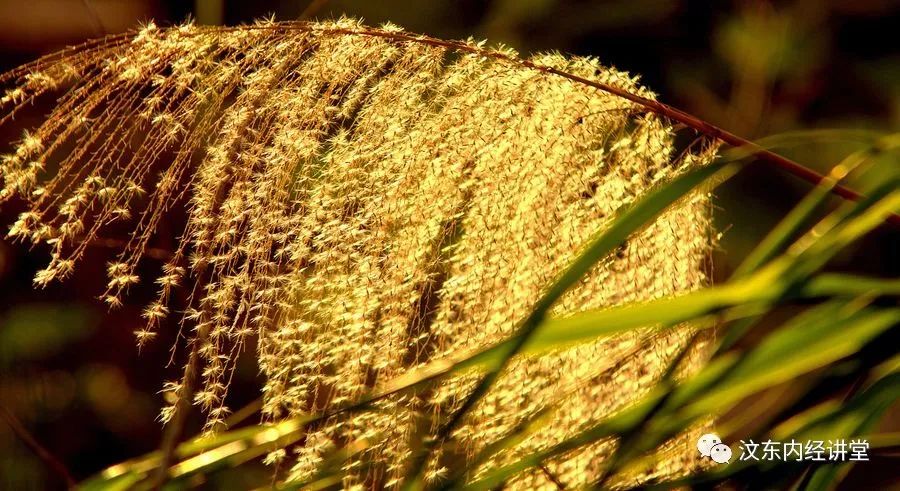
For example, in the case of hypertension, when attacked by wind-cold or wind-heat, the symptom response is elevated blood pressure. If the dosage of antihypertensive medication is increased, blood pressure may drop below normal; if the dosage is reduced, blood pressure may rise again, making it difficult to find a suitable balance. The same applies to other antihypertensive medications.
In such cases, it may be beneficial to take some cold-clearing granules to induce sweating, which can alleviate symptoms. Patients who are particularly sensitive to cold can drink ginger soup, which will help them through this challenging season. Of course, if conditions allow, visiting a TCM practitioner for adjustment is even more beneficial for health.
Now, let’s return to the topic of wind-heat cold. How can we identify wind-heat cold?
A representative symptom of wind-heat cold is a sore throat, which is typically severe and intense. In addition, wind-heat cold often presents with headache, nasal congestion, flushed face, and thirst. Furthermore, the nasal discharge and phlegm of wind-heat cold patients are yellow or slightly yellow, and the tongue coating is also slightly yellow.
When encountering these cold symptoms, we can generally determine it is wind-heat cold. In the early stages of wind-heat cold, when the throat is not too sore, one can use Shuanghuanglian (Double Yellow) or Yinhuang granules or capsules. If the sore throat is severe, one should use Yin Qiao Jie Du Pian (Yin Qiao Detox Tablets) or VC Yin Qiao Pian (Vitamin C Yin Qiao Tablets).
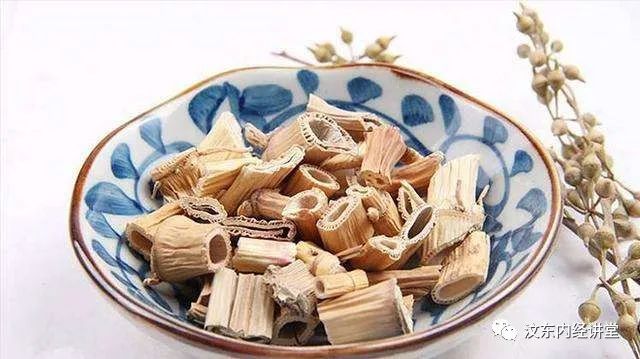
For wind-heat cold, the recommended formula in TCM internal medicine is Yin Qiao San (Yin Qiao Powder). Yin Qiao San, derived from the Qing Dynasty physician Wu Jutong’s “Wen Bing Tiao Bian”, primarily functions to: disperse wind and clear heat, detoxify. It is used for wind-heat cold, fever, headache, dry mouth, cough, sore throat, and short, red urine.
The previously mentioned Yin Qiao Jie Du Pian or VC Yin Qiao Pian are complete formulations of Yin Qiao San, with the latter adding Western medications like Vitamin C and chlorpheniramine. Additionally, Shuanghuanglian and Yinhuang granules are simplified formulas derived from Yin Qiao San.
【Source】”Wen Bing Tiao Bian”, Volume 1.
【Composition】30g Lian Qiao (Forsythia), 30g Yin Hua (Honeysuckle), 18g Ku Ju Gen (Bitter Platycodon), 18g Bo He (Mint), 12g Zhu Ye (Bamboo Leaf), 15g Sheng Gan Cao (Raw Licorice), 12g Jie Sui (Mustard Seed), 15g Dan Dou Chi (Fermented Soybean), 18g Niu Bang Zi (Burdock Seed).
【Dosage】Grind into a powder. Take 18g, decoct with fresh reed root soup until fragrant, then take it; do not overboil. Lung medications should be light and clear; overboiling will thicken the flavor and affect the middle jiao. For severe cases, take every two hours, three times a day, and once at night; for mild cases, take every three hours, twice a day, and once at night. If symptoms persist, take again.
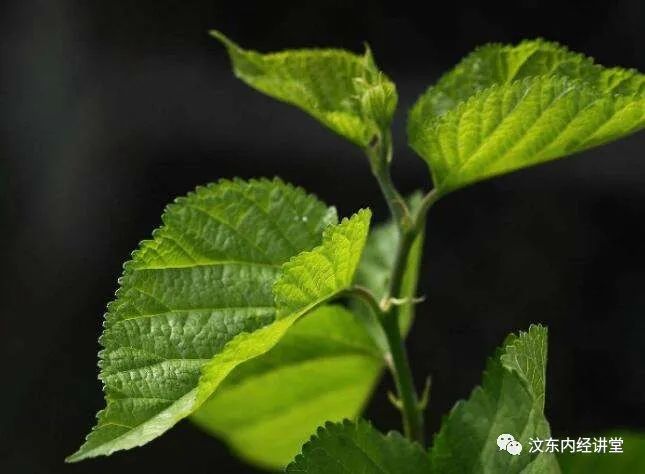
Additionally, if the initial wind-heat cold is not treated and progresses to a cough, with symptoms similar to wind-heat cold but with a more severe cough, another formula is needed. This formula is called Sang Ju Yin (Mulberry and Chrysanthemum Decoction).
Sang Ju Yin, also derived from the Qing Dynasty physician Wu Jutong’s “Wen Bing Tiao Bian”, has the effects of dispersing wind, clearing heat, and stopping cough. It is primarily used for treating coughs that arise from the initial stage of wind-heat, where the patient presents with mild fever, slight thirst, thin white tongue coating, and a floating, rapid pulse.
Sang Ju Yin is clinically used to treat colds, acute bronchitis, upper respiratory infections, pneumonia, acute conjunctivitis, keratitis, etc., associated with wind-heat invading the lungs or liver channel wind-heat.
【Source】”Wen Bing Tiao Bian”:
【Composition】2.5g Sang Ye (Mulberry Leaf), 3g Ju Hua (Chrysanthemum), 6g Xing Ren (Apricot Kernel), 5g Lian Qiao (Forsythia), 2.5g Bo He (Mint), 6g Ku Ju Gen (Bitter Platycodon), 2.5g Gan Cao (Licorice), 6g Wei Gen (Reed Root).
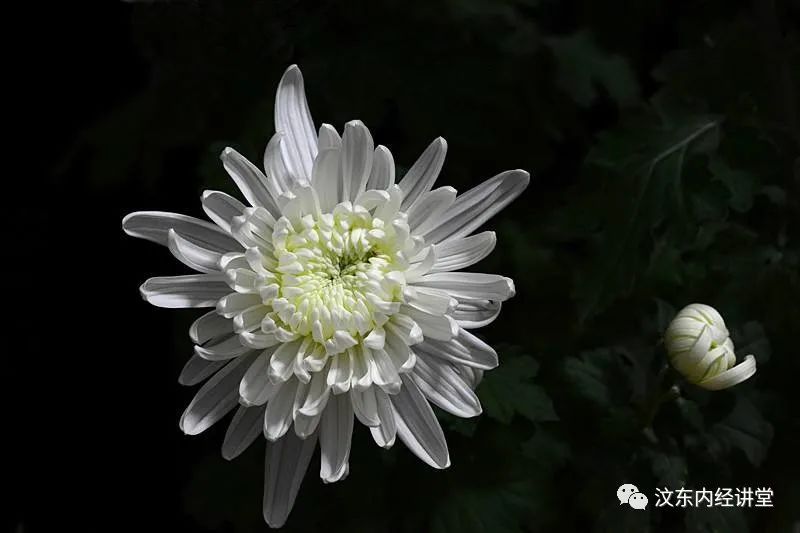
Both Yin Qiao San and Sang Ju Yin have their compositions and dosages listed in the text version of this course. Interested friends can refer to the text version.
Additionally, in this course’s text version, there is a section on recognizing herbs, providing images of some herbal materials from Yin Qiao San and Sang Ju Yin without labels. We welcome everyone to identify them together; interested friends can join the group for collective learning.
For those interested in the text version of this lecture, please follow the WeChat public account: Wendon Neijing Lecture Hall. Thank you all, this concludes our course, and we will see you next time.

Welcome to scan the code to enter: Wendon TCM Studio
